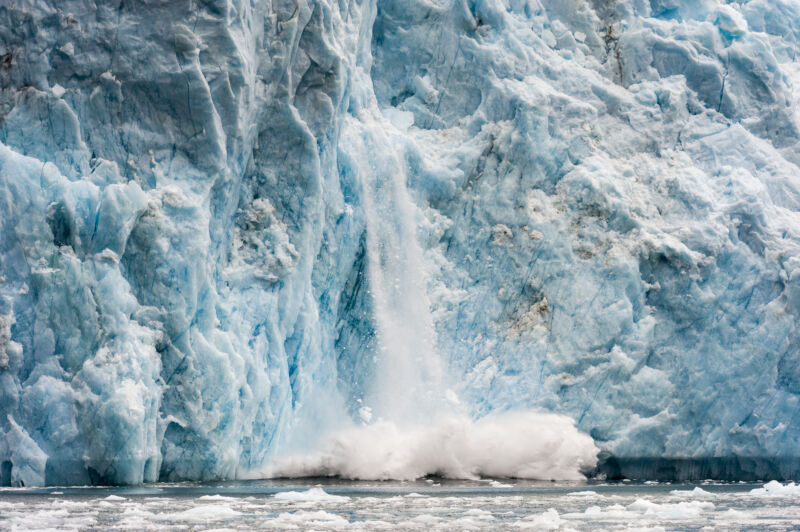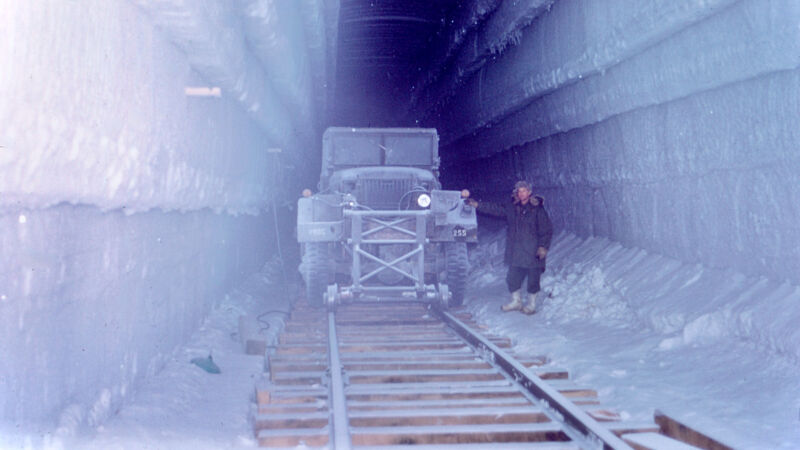Droughts likely to be even longer in the future due to climate change

(credit: USGS)
Droughts in the coming decades could be longer than projected by current climate models, a new study published Wednesday in Nature warns.
The international team of scientists examined potential biases that could skew climate models used to make drought projections under Intergovernmental Panel on Climate Change midrange and high emissions scenarios. The researchers corrected for the bias by calibrating those models with observations of the longest annual dry spells between 1998 and 2018.
By the end of this century, they found that the average longest periods of drought could be 10 days longer than previously projected. Trouble spots included North America, Southern Africa, and Madagascar, where the newly calibrated models showed that the increase in the longest annual dry spell could be about twice what the older models predicted.








